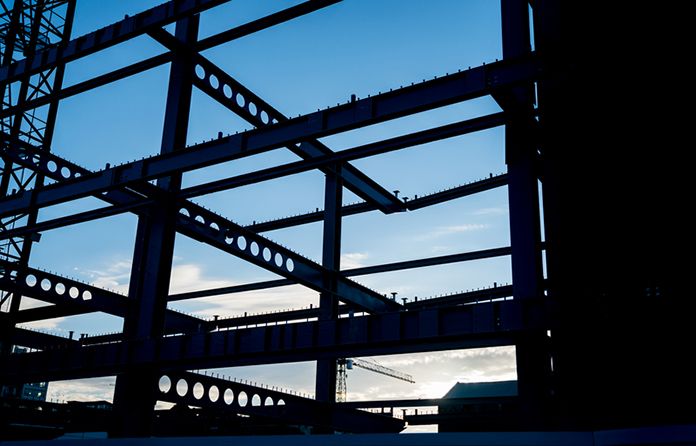The cost of structural steel sections has risen by 40% in the past two years to March 2018.

That’s according to structural steel specialist Billington, which unveiled its full-year results for 2017 this morning.
Chief executive Mark Smith warned that the significant rise in the price of the firm’s primary raw material presented “a challenge to the wider structural steel market to remain competitive with alternative forms of construction”.
Billington’s revenues rose 16.1% to £73.5m in the year to 31 December 2017.
Pretax profit also increased 15.8% to £4.4m, as the firm reported a record level of output in its structural steel business, working at or near capacity across all its sites for most of the year.
In his operational review of the business, Smith said that Billington Structures, the group’s structural steel division, and its trading arm Shafton Steel Services, had a “very successful year”, processing and fabricating more than 30,000 tonnes of steel in 2017.
Billington bought the equipment and assets of Sherling Steel (UK) in 2015 for £2.38m, as well as paying £2.5m to Sabler Enterprises for Sherling’s 10 ha premises in Shafton, Barnsley.
Since then, it has developed the Shafton facility and new and upgraded machinery became fully operational in the latter part of 2017.
Smith added: “A strong performance from all group companies throughout the year has significantly contributed to this solid set of results, thanks to a number of divisions operating at near to full capacity. This, coupled with a good pipeline of projects, positions Billington encouragingly for the coming year.
“We are continuing to see the success of the expansion strategy at the Shafton facility, now two years in to the five-year adaptation programme initiated in 2015.
“This has allowed the group to increase its capacity and expand its processing and fabrication production to over 30,000 tonnes of steel this year.
“The UK construction industry has experienced a number of developments since the beginning of the year. The UK structural steel demand is forecast to remain stable throughout 2018 and 2019 and the board will continue to closely monitor further developments in the industry in the year ahead, along with any potential impact these may have on the group.”












